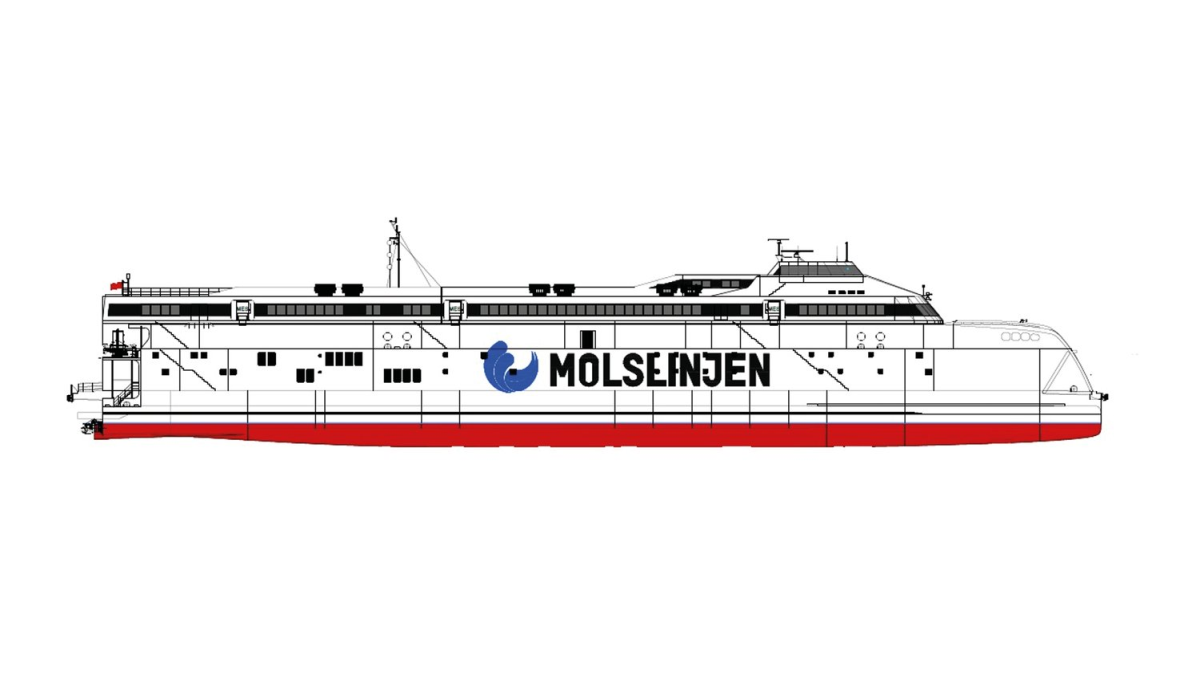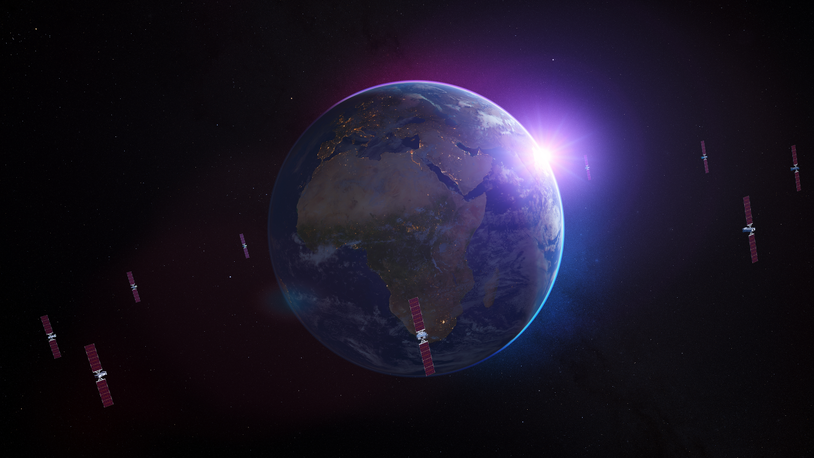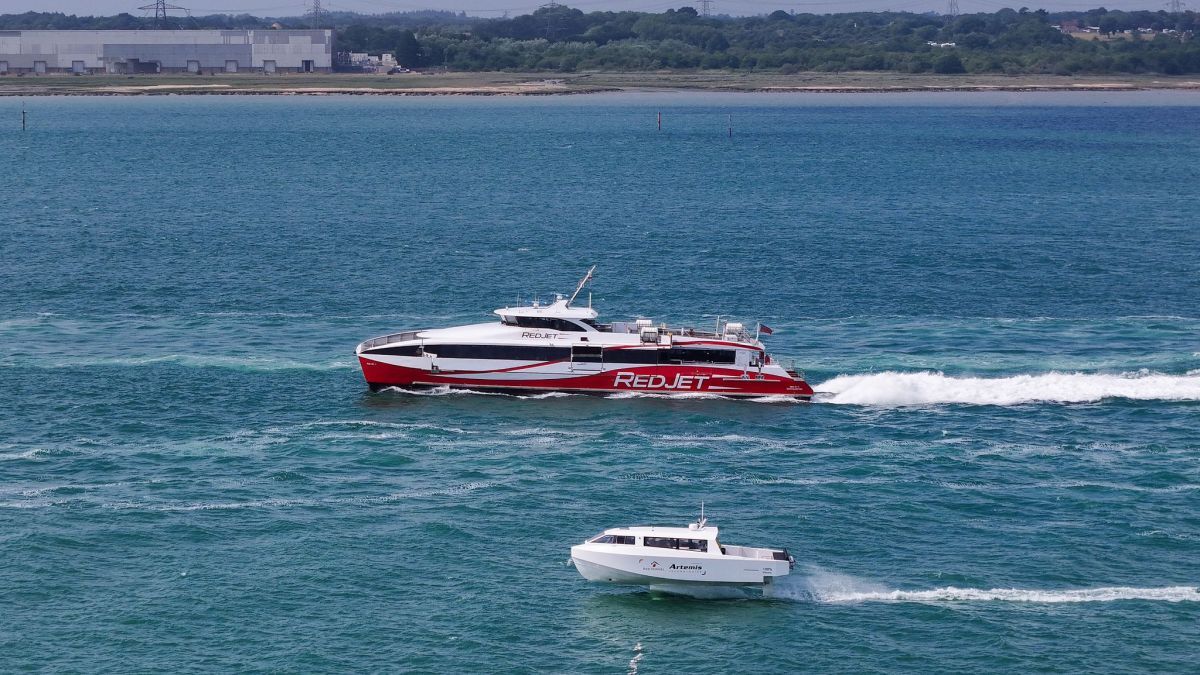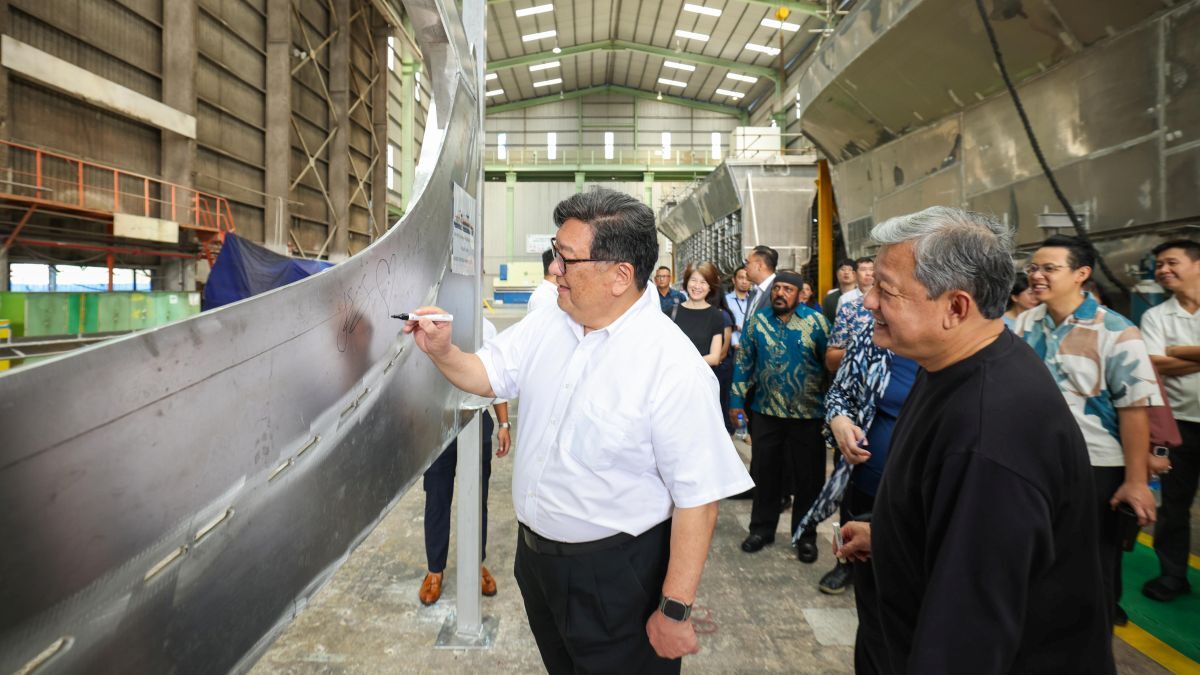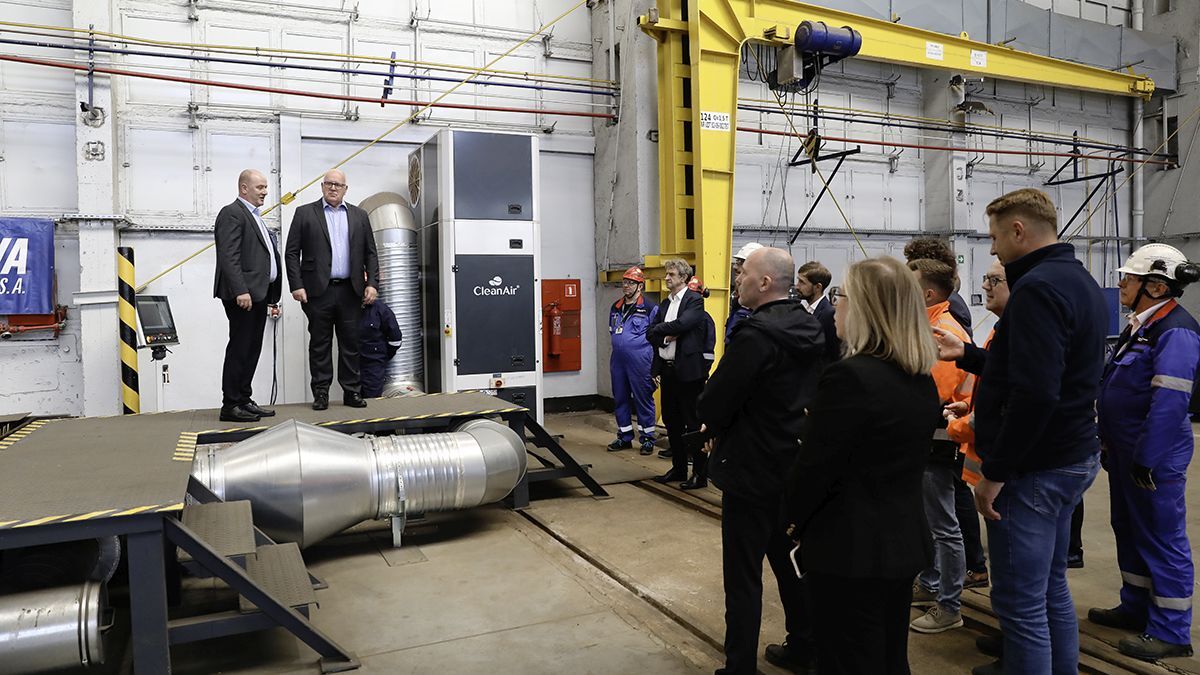Business Sectors
Events
Contents
Island ports benefit from Île de Groix’s flexible design
Aker Yards’ Lorient facility has delivered a second 46m ropax ferry to the French state authority of Morbihan, to serve routes between the small ports of Groix, Belle-Île and Quiberon to the mainland town of Lorient
June saw the start of operations for the 46m Île de Groix, which was delivered in the same month from Aker Yards, Lorient (France). This is the 1,226gt sister of Bangor, which was delivered by Aker in 2006. Île de Groix and Bangor now serve small French island ports off the southern coast of Brittany including Groix, Belle-Île and Quiberon, and also link them with the mainland port of Lorient. Like Bangor, Île de Groix has been designed to cope with the rough sea conditions of the area.
The two ferries were ordered by Conseil General du Morbihan – a state authority in charge of seaborne transportation from mainland France to the numerous islands along Brittany’s southern coast – as part of a fleet renewal project aimed at modernising the area’s system.
Both vessels are operated by Veolia Transport – under the brand name Compagnie Océane – which is an international company that specialises in land and sea transportation, including both public transport and freight. Each can carry 450 passengers and has capacity for 32 cars or a car/freight combination of 24 cars and one truck or 15 cars and three trucks.
Aker says that the most challenging aspect of the vessel’s design and build was its requirement to operate out of four different harbours, each with different loading/unloading configurations. Boarding in Lorient is achieved via the stern door, but in Groix embarkation takes place via a portside door and in Belle-Île boarding is via a starboard side door.
Cargo access equipment on board was designed by Navalimpianti and built by Aker Yards Lorient.
Île de Groix’s service speed of 12.8 knots is maintained by two ABC 6DZC diesel engines, each driving a Schottel SRP550 five bladed Rudderpropeller with an output of 780kW.
Schottel describes its popular SRP Rudderpropellers as combined propulsion and steering systems, which convert engine power into optimum thrust. As the underwater components can be steered through 360 degrees, full propulsive power can also be used for manoeuvring and dynamic positioning of the vessel.
Schottel adds that this system allows for a space-saving installation and for simple maintenance; it provides maximum manoeuvrability, optimum efficiency, and economical operation. Schottel also delivered the vessel’s two bow thrusters.
The 450 passengers are accommodated over decks 3, 4 and 5, with 246 passengers having exterior seating – 81 seats located aft of the main passenger lounge and 165 situated on the uppermost deck. The vessel has 204 inside seats, with 178 in the main passenger lounge on deck 3, which also houses the captain’s cabin and a small private six-seat lounge. A further 26 seats are located forward of the upper vehicle deck.
The owner also highlights that among other advantages of having a newly designed vessel, passengers’ luggage is loaded directly on board by a small train. PST
Related to this Story
Events
Offshore Support Journal Conference, Americas 2025
LNG Shipping & Terminals Conference 2025
Vessel Optimisation Webinar Week
© 2024 Riviera Maritime Media Ltd.


